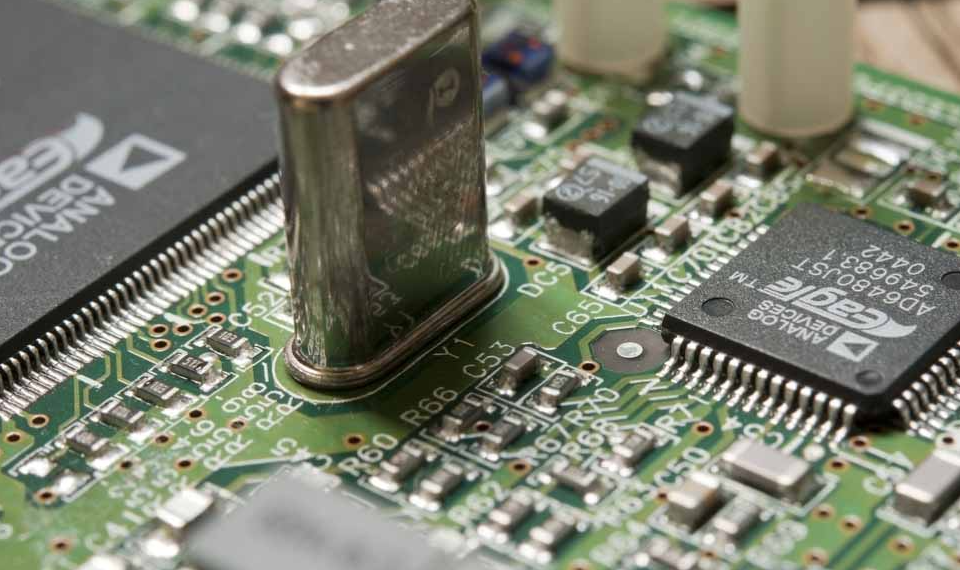6月 24, 2021
1951
The power supply is not like a processor, you can see the specifications to know the performance. The power supply is not like a graphics card, and a key GPU determines the grade. In addition to meeting power requirements, a good power supply must also consider factors such as stability, energy saving, quietness, and safety. In the absence of professional equipment for testing, we only have to understand some basic principles and component knowledge of the power supply in order to be "clear" about the power supply.

Hold the key, no longer dizzy
From the outside, the power supply is a little bigger than a "brick", but there are a lot of things in its "belly". Disassembling the shell, we can see hundreds of various electronic components and complex interlaced cables, which inevitably makes people dizzy. As the saying goes, "Catch the thief first, catch the king." When observing the power supply, we should also pay attention to the following parts.
The internal structure diagram of a certain power supply, serial numbers 1 to 6 respectively identify the parts that everyone should focus on.
1. Primary and secondary EMI filter circuits. The function of this part is to filter the mains electricity entering from the external grid to obtain relatively pure AC power for subsequent use.
2. PFC circuit. Its function is to reduce harmonics in the process of converting AC power to DC power, reduce interference to indoor power grids and mains power grids, and reduce mains power losses.
3. High voltage filter capacitor. Its function is to purify high-voltage direct current and provide relatively "pure" current for subsequent high-low-voltage conversion.
4. Power supply topology. Topology refers to the overall structure of the power supply, which directly affects the conversion efficiency of the power supply.
5. Inductance coil of low-voltage filter circuit. Its function is to stabilize the voltage and current of the output terminal, which has a direct relationship with the stable use of the computer hardware system.
6. Heat sink. When the transformer and the switching circuit perform voltage conversion, a large amount of heat is generated, so a heat sink is required to quickly transfer the heat.
Secondary EMI filter circuit
The national 3C certification mandates that the listed power supplies must pass the EMI anti-electromagnetic radiation certification, so qualified power supplies should have EMI filter circuits.
The first-level EMI filter circuit is located at the power interface, and the better-made circuit also has an independent PCB board and inductance coil.
The secondary EMI filter circuit is usually on the main PCB of the power supply and consists of inductors and capacitors.
The secondary EMI filter circuit on a low-quality power supply sings "empty city plan"
However, low-end power supplies often only have a first-level EMI filter circuit, and a better power supply should have a complete first- and second-level EMI filter circuit.
PFC circuit
There are two types of PFC circuits, passive and active, and most power supplies now use active PFC.
Passive PFC uses this "big head" inductor
The inductance coil of active PFC is often located in front of the high-voltage filter capacitor
The power factor of passive PFC is generally around 0.7, and the power factor of active PFC is as high as 0.9 or more, which is significantly better than passive PFC. The distinction between the two is also quite easy.
High voltage filter capacitor
Which are high-voltage filter capacitors? Very simple, the highest and largest capacitor in the power supply is (1~2). When comparing capacitors, in principle, it can only be compared with the same type of power supply, because under the same power, the capacitance required by the passive PFC power supply is larger than that of the active type. When comparing at the same level, we can see the capacity, withstand voltage and temperature resistance of the high-voltage filter capacitor. In theory, the larger the value of these three items, the better
The power supply uses active PFC, so the high-voltage filter capacitor with a capacity of 330μF can meet the demand. The voltage resistance value of this capacitor is 400V, and the temperature resistance value is 85°C.
Power topology
Simply put, in the past few years, the power supply topology can be divided into two types, half-bridge type and forward type, and now it is basically the forward type. The half-bridge type is a traditional power supply structure, usually the conversion efficiency is not high; and the forward type structure conversion efficiency is easy to achieve more than 80%.
Forward topology helps improve conversion efficiency
When distinguishing, we may wish to use the elimination method: in the center of the half-bridge power supply, there must be three transformers, one large and two small, arranged in a straight line; if your power supply is not of this structure, then congratulations. It is a forward power supply.
Inductance coil of low-voltage filter circuit
In the low-voltage filter circuit part, we mainly look at the size, number of turns and color of the inductor coil. Naturally, the larger the coil, the more the number of turns, the better; as for the color, theoretically gray, black, light green and yellow from good to bad, the better the inductance, the smaller the loss.
The low-voltage filter circuit part mainly depends on the inductance coil
Heat sink
Needless to say, the role of the heat sink, the switch tube and Schottky tube with larger heat generation are often installed on the heat sink. Currently commercially available power supplies generally use aluminum heat sinks, usually the thicker the better; at the same time, in order to expand the heat dissipation area in a limited space, most of the heat sinks are equipped with fins. In theory, the more fins, the better.